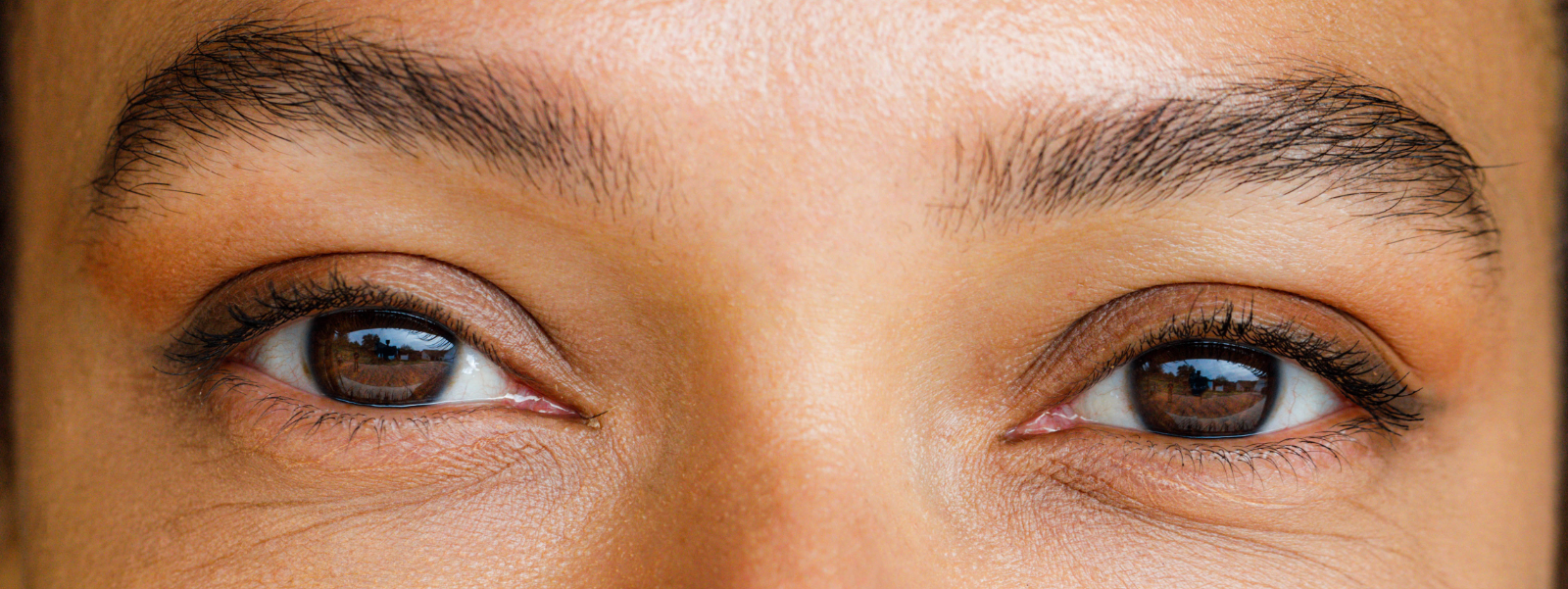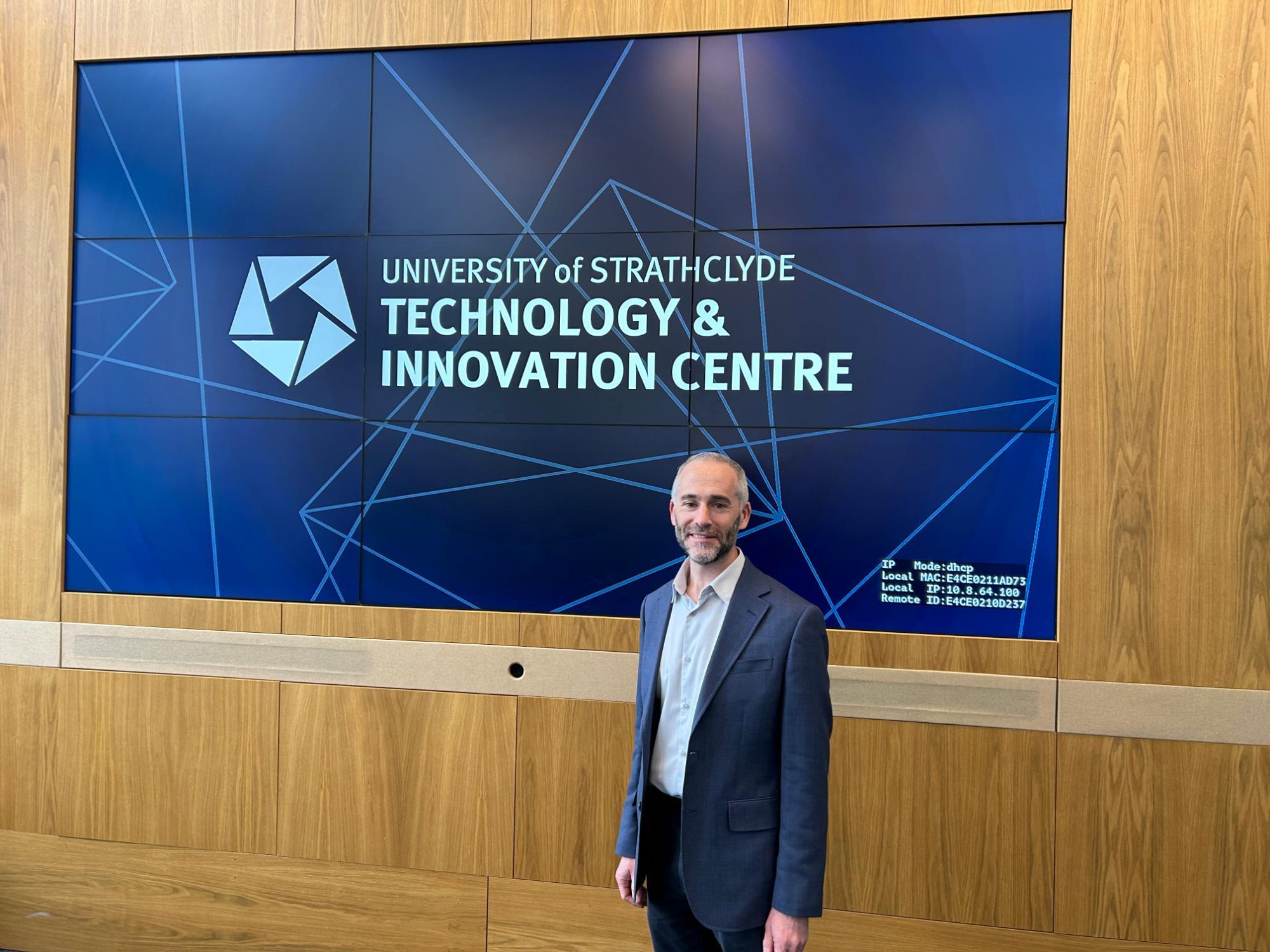
A Scottish neurotechnology expert has played a central role in the development of a pioneering bionic eye implant that has enabled blind patients to regain partial vision for the first time.
Professor Keith Mathieson, Director of the Neurotechnology Centre at the University of Strathclyde, is a lead researcher on the international project that led to the ‘PRIMA’ wireless retinal implant – a groundbreaking device which delivered transformative results in a major clinical trial.
The ultra-thin implant, powered by light and guided by a camera mounted on glasses, bypasses damaged photoreceptor cells in the retina, restoring a degree of functional vision to people with the geographic atrophy form of age-related macular degeneration (AMD) – a leading cause of blindness with no cure.
Pivotal study
The pivotal clinical study, published in the New England Journal of Medicine, involved 38 patients across 17 sites in Europe, including the UK. The trial demonstrated that the implant can help patients read letters and words, and even complete crossword puzzles. On average, participants were able to read five additional lines on a vision chart.
Professor Mathieson, whose research explores technologies that interface with the brain and aim to enhance our understanding of brain disorders, as well as sight loss, said:
Age-related macular degeneration is a major and growing challenge, and we need practical innovations to restore sight. This clinical trial is a key moment, and the authors have shown that the device is not only safe but also effective across a larger patient cohort.
The PRIMA implant was originally developed by Professor Daniel Palanker of Stanford University, who Professor Mathieson has spent 16 years collaborating with, after a research fellowship took him to Stanford in 2009. This was funded by a Scotland-Stanford partnership (SU2P), led by the University of Strathclyde and in partnership with four other Scottish universities.

“What began as a science project to understand how neural circuits work evolved into a practical effort to develop a working retinal prosthesis.”
The light-powered chip is being commercialised by the US-based company Science Corporation, who recently acquired the French start-up Pixium Vision that led the early trials. These companies built upon the underpinning research to produce the clinical device and Science Corporation is now seeking regulatory approval to market the device in Europe and is in discussions with US regulators.
Research goal
The scientist, who helped lead Strathclyde’s winning bid for a prestigious Queen’s Anniversary Prize for Photonics Innovation in 2023, added: “The device currently restores vision at an acuity level of 20/400 – not detailed vision, but a significant step forward. Our next research goal is to demonstrate how higher resolution devices can be made and provide a pathway for restoration of higher visual acuity in patients.”
An estimated five million people worldwide are affected by the geographic atrophy form of AMD, with that number only increasing due to an ageing population.
Professor Mathieson continues to work on the next generation of the implant with collaborators at Stanford and other institutions, aiming to enhance its capabilities and broaden its impact.
He added: “In research, solving difficult problems is often a long road, but seeing something you've helped develop make a difference to people’s lives is incredibly rewarding.”